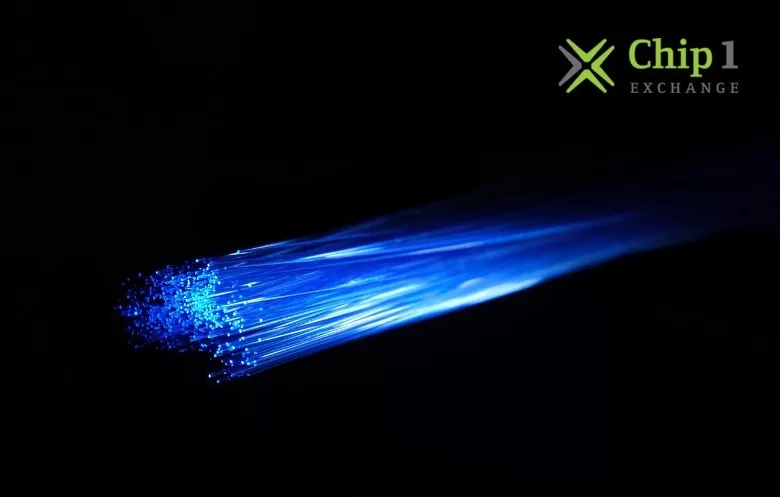Fiber optics, also known as optical fibers, are long strands of glass that are so thin that they are about the same diameter as a single human hair. These strands are then bundled together to form what are known as fiber optic cables. They are essential to the long-distance transmission of light signals.
The light signals are encoded with data at the source where they are transmitted. This data is identical to the data that appears on the display of a computer. Therefore, the fiber sends “data” in the form of light to a receiving end, which then decodes the light signal as if it were data. As a result, fiber optics is a transmission medium; more specifically, it is a “pipe” that can convey signals over very long distances at very high rates.
How does Fiber Optics work?
The light in a fiber optic cable makes its way down the cable by periodically reflecting off the walls of the cable as it goes. Each light particle, also known as a photon, is reflected several times as it travels down the conduit, creating a mirror-like effect.
The light beam goes through the center of the cable as it travels. The center of both the cable and the glass structure is referred to as the core. Another layer of glass forms the cladding, which is then wrapped around the core. Cladding is used to prevent light signals from escaping the core of the device.
Types of Fiber Optics Cables
Single Mode Fiber – The most straightforward structure is single mode fiber. All signals are sent in one direction, down the middle of the extremely thin core, without resonating off the sides of the structure. The signals in CATV, Internet, and telephone applications are often carried by a bundle of single mode fibers, which is why single mode fiber optic cables are typically utilized for these three types of applications.
Multimode Fiber – The other variety of fiber used in fiber optic cables is multimode fiber.
Comparatively, a single mode cable is around ten times smaller than this one. The light beams are able to navigate through the core in a number of distinct modes as well as a variety of distinct pathways. These sorts of cables are only capable of sending data over relatively limited distances. Because of this, among other things, they are utilized for the purpose of linking different computer networks.
There are four distinct varieties of multimode fiber optic cables, each of which is denoted by the letter “OM” (optical multimode). They were given the designations OM1, OM2, OM3, and OM4 by an industry organisation. They are defined under the international standard ISO/IEC 11801. TIA/EIA 492AAAD gave its stamp of approval to the OM4 standard. Every OM is required to have a certain minimum modal bandwidth.
Simplex Fiber Optic Cable – In the production of simplex fiber optic cables, there is only a single strand of glass used. When only a single transmit and/or receive line is required between devices or when a multiplex data transmission is employed, simplex fiber is the type of fiber that is used the vast majority of the time (bi-directional communication over a single fiber).
Duplex Fiber Cable – Two strands of glass or plastic fiber are used in the construction of a duplex fiber cable. This type of cable is typically constructed in the shape of a “zipcord,” and it is most frequently used for duplex communication between devices. This type of communication requires a distinct transmit and receive signal.
What is Fiber Optics used for?
Fiber optics are used for signal transmission, communication, and vision (video).
FREQUENTLY ASKED QUESTIONS:
What is Fiber Optics?
The technique known as fiber optics is employed to send information in the form of light pulses over strands of fiber that are either constructed of glass or plastic and stretched over great distances.
What are the uses of Fiber Optics?
Fiber Optics is used in Medical Industry, Communications, Defense, Lighting and Decorations, and many others.
WHAT IS CHIP 1 EXCHANGE?
Chip 1 Exchange is a franchised distributor specializing in the distribution of electronic components for medical, automotive, industrial, mobile computing, and aerospace applications. From off the shelf standard electronic products to full custom solutions, we desire our customers to enjoy a one-stopshopping experience.
Chip 1 has a wide array of reliable partners that caters to the electronic and semiconductor needs of its customers. Partner brands such as Assmann WSW, Alps Electric Co., Major League Electronics, and many others electronic products that are used in different fields.

